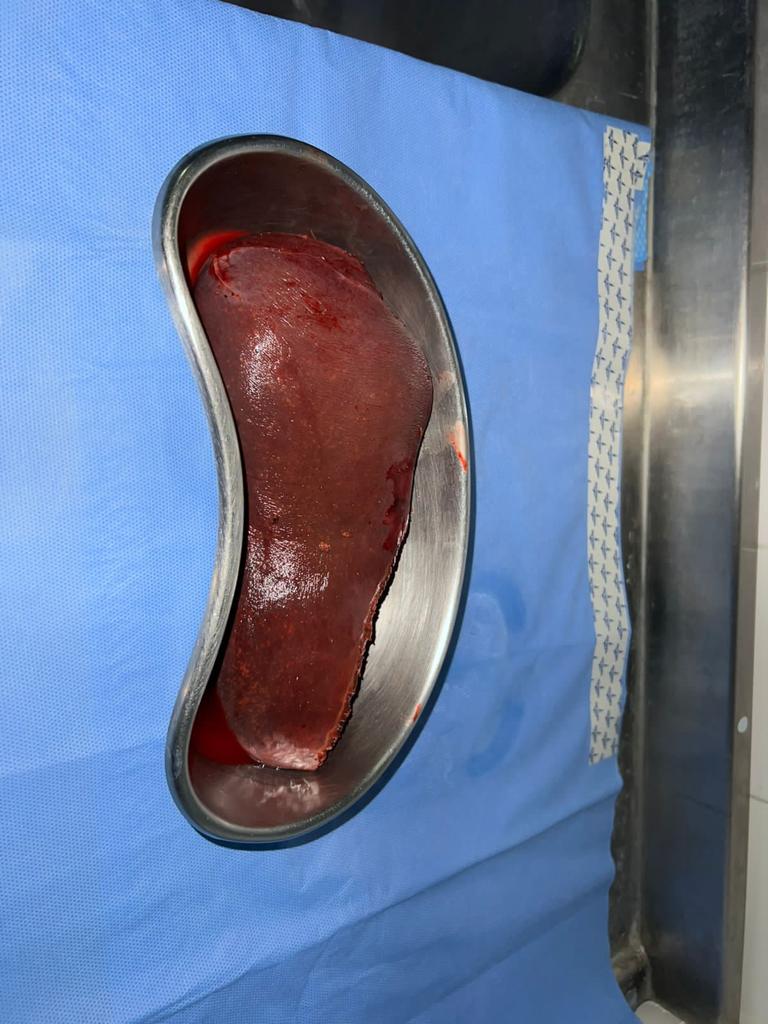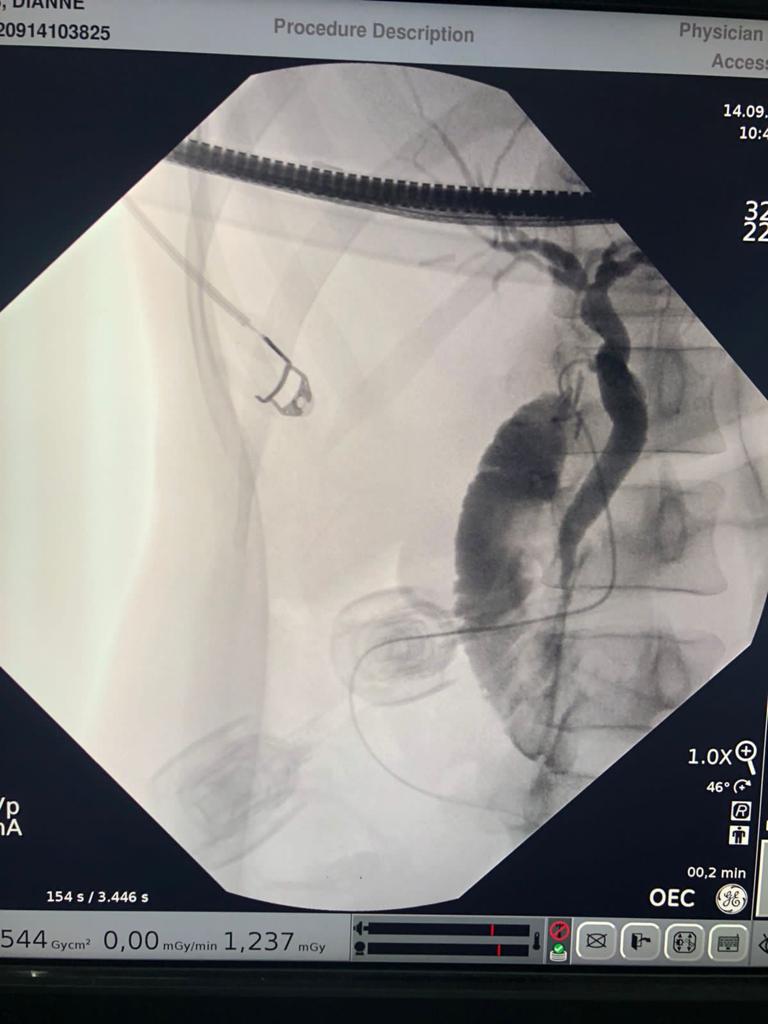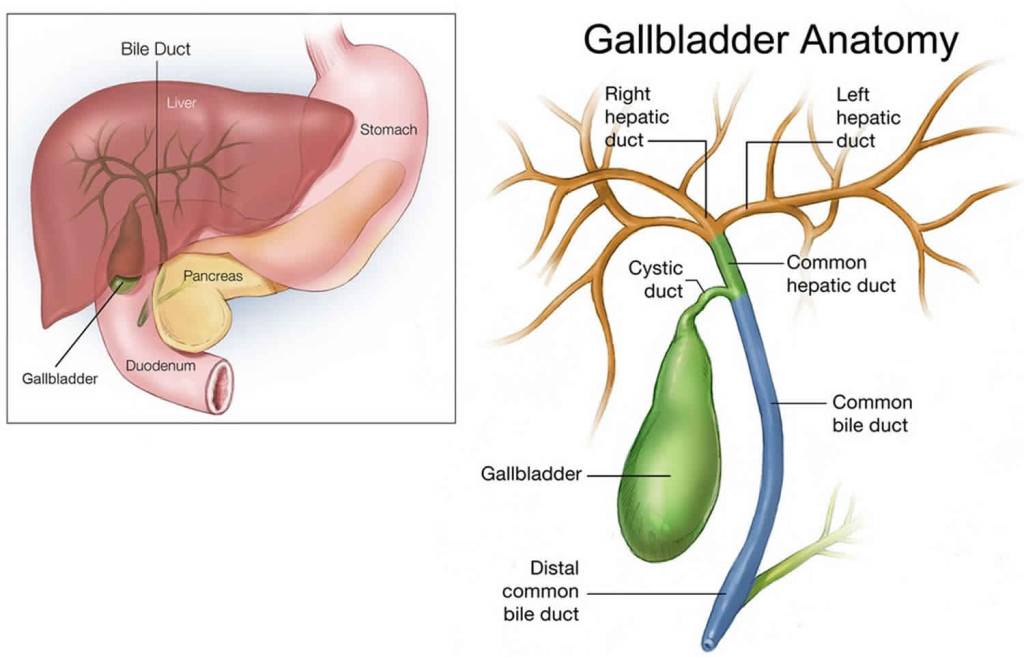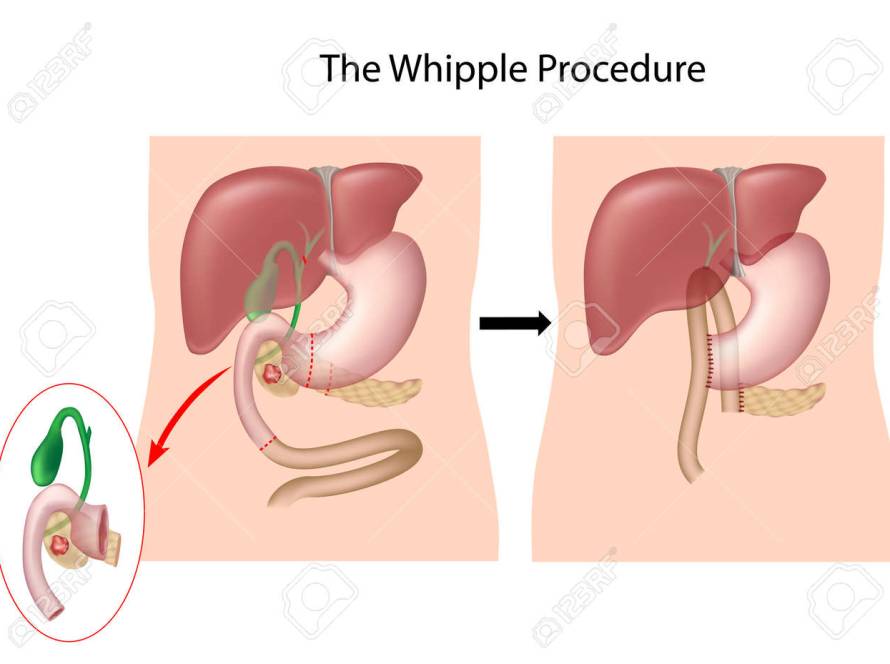A Beginner’s Guide
Hello and welcome to this introductory guide to the hepatobiliary system! If you’re just beginning your journey into understanding this fascinating and crucial part of our anatomy, you’ve come to the right place.
What is the Hepatobiliary System?
At its core, the hepatobiliary system encompasses the liver, gallbladder, bile ducts, and associated structures that are vital for digestion and detoxification processes. The name “hepatobiliary” is derived from ‘hepato’ meaning liver and ‘biliary’ which pertains to bile or the bile ducts.


The Liver: A Powerhouse Organ
Location: The liver is a large, reddish-brown organ situated in the upper right quadrant of the abdomen, tucked just under the diaphragm.
Function: It’s essentially the body’s chemical factory. It processes and detoxifies chemicals, produces bile, stores important nutrients, and releases them into the bloodstream as required. Moreover, it plays a vital role in breaking down old red blood cells and synthesizing crucial proteins.
Bile: The Digestive Aid
Bile is a greenish-yellow fluid produced by the liver, essential for digesting and absorbing fats in the small intestine. It contains bile salts, cholesterol, bilirubin, and waste products for excretion.
Gallbladder: The Bile Storage
Location: A pear-shaped organ, the gallbladder sits just beneath the liver.
Function: Its main function is to store and concentrate bile produced by the liver. After eating, in response to the signal of food entering the digestive tract, the gallbladder contracts, releasing stored bile into the small intestine via the bile ducts.
Bile Ducts: The Transport Channels
Bile ducts are essentially ‘pipelines’ that transport bile. They can be categorized into:
Hepatic Ducts:
These collect bile from the liver.
Cystic Duct: Channels bile to and from the gallbladder.
Common Bile Duct: Formed by the union of hepatic and cystic ducts, it delivers bile to the small intestine.

Common Conditions Affecting the Hepatobiliary System:
Gallstones:
Hardened deposits that can form in the gallbladder. They can block bile ducts and lead to pain or infection.
Hepatitis:
Inflammation of the liver, often caused by viruses.
Cirrhosis:
Long-term, chronic damage to the liver and may be due to many different causes.
Liver Cancer:
Can originate in the liver or spread from other parts of the body.
In Conclusion:
The hepatobiliary system is a marvel of intricate design and function, playing a crucial role in keeping our body running smoothly, especially in digestion and detoxification. As with any part of our anatomy, it’s important to understand its basic structure and function to appreciate its importance and be alert to any potential health issues.
Whether you’re a student, an enthusiast, or just a curious soul, we hope this beginner’s guide provides a useful starting point in understanding the hepatobiliary system. Happy learning!


